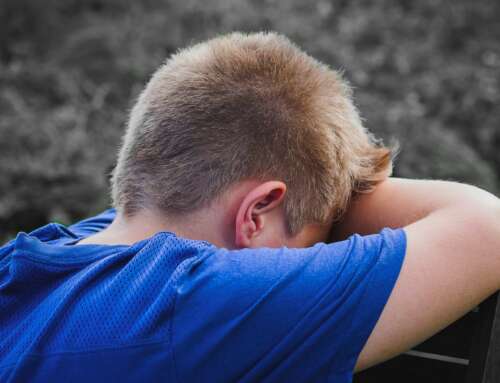Boys who grow up in hardship are more than four times as at risk of starting puberty aged 10 than those who grow up in safer, wealthier households.
And girls who grow up disadvantaged are twice as likely to start puberty early than others.
The startling findings, which may help explain why disadvantaged children are more likely to have health problems later in life, come from a new study by the Murdoch Children’s Research Institute, which surveyed 3700 Australian children.
Parents were asked to report on signs their children were going through puberty, which included growth spurts, pubic hair and skin changes. About 19 per cent of all boys and 21 per cent of all girls were classified as having reached early puberty.
But looking only at the children from severely disadvantaged homes, 36 per cent of boys and 33 per cent of girls were found to have reached early puberty.
That is compared with “average families”, where 20 per cent of boys and 21 per cent of girls went onto early puberty.
Lead researcher Ying Sun, a visiting adolescent health academic from China, said the findings could help explain the link between early disadvantage and health problems later in life.
“Multiple evidence shows early maturation links with emotional, behavioural and social problems during adolescence,” she said. “Also, it carries risk for reproductive tract cancers and cardiovascular diseases.”
The findings suggest that early-onset puberty may be an evolutionary response to trauma and struggle.
“When we are raised in sub-optimal living conditions that means we have a higher risk of premature death,” associate professor Sun said.
–
Read More: Poor children face higher risk of early puberty
Photo Source: Flickr Images








Leave A Comment